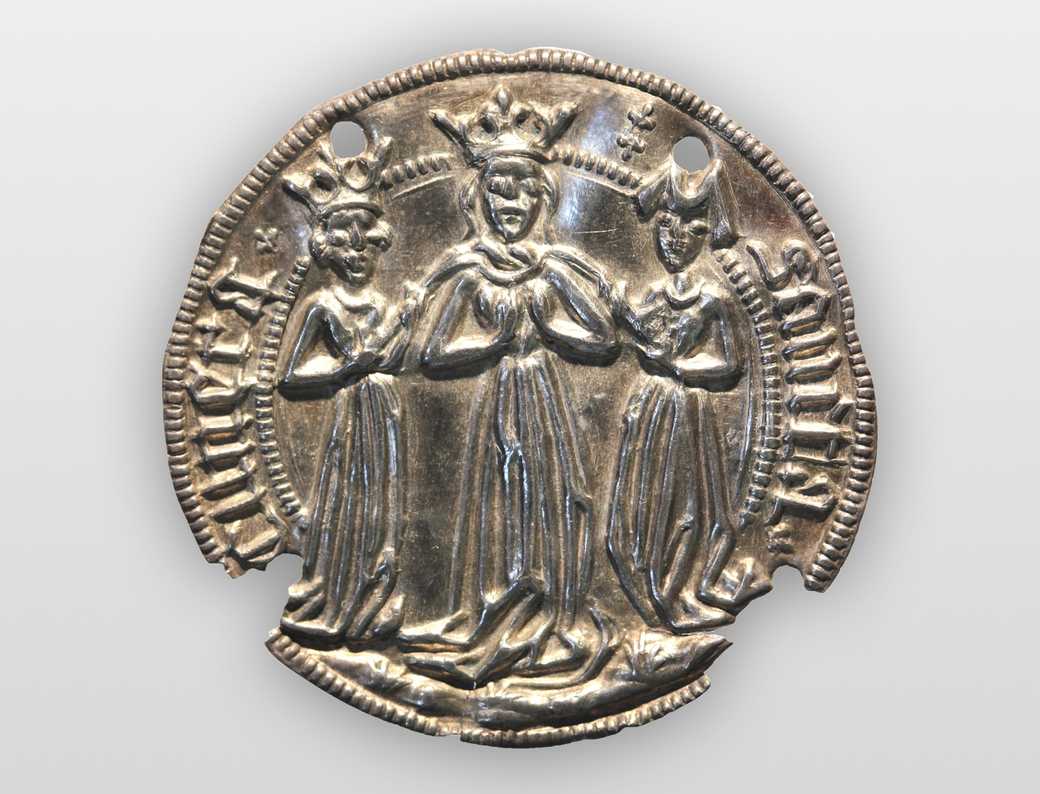Kunera, late medieval badges and ampullae
Badges and ampullae bear witnesses to the rich and fascinating visual world of the late Middle Ages.
The website Kunera offers access to over 26.000 badges and ampullae. They open up a part of the medieval world that would otherwise remain hidden. The objects show a wide range of images, varying from religious - Christ, the Virgin and the saints to profane - plants and animals, utensils, literary and explicitly sexual subjects. Some of these images are one of kind and do not appear in surviving paintings and sculptures. Moreover, most of the badges and ampullae are unique.
Because of mass production badges and ampullae played a major part in the dissemination of popular imagery from the late twelfth century until printing gradually started to take over. Produced in one place and lost in another, pilgrimage souvenirs also reveal information about travel routes. Where did pilgrims go and how many miles did they cover when travelling? Some sites of pilgrimage attracted only pilgrims from nearby while others drew pilgrims from afar. On the website, the pilgrimage sites where the badges were sold, and the sites where they were lost and found are mapped out thus visualizing the dissemination of the objects and the travel routes at a single glance.

Badge with Cunera, from Rhenen (NL), London, British Museum, reg. 885,0508.106 © The Trustees of the British Museum
The goal of Kunera as a research project of the Radboud University is twofold. On the one hand, it increases knowledge about late medieval (visual) culture and makes it available to a large audience of (amateur) archeologists, scientists and interested parties. On the other hand, the database serves a documentary goal. Badges and ampullae are often made of pewter which is liable to oxidation once it is excavated and exposed to oxygen. Gradual deterioration of the fragile objects is almost inevitable. Moreover the material only survives in unique copies despite their serial production. In rare instances duplicates from the same molds were passed down. As much as the material data, the find circumstances need registration. When the objects are in private hands, find site and provenance are not always documented. The Kunera research team strives to document and research as many badges and ampullae as possible in order to safeguard valuable details of this (art) historically important and fascinating material.